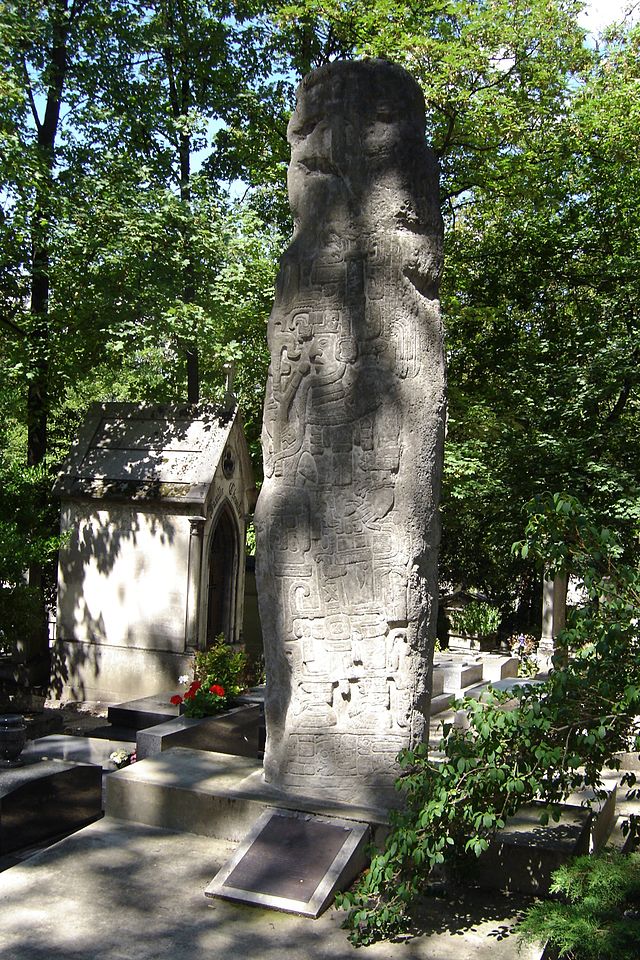In the southernmost reaches of Latin America, the Kawésqar language, also known as Alacaluf, emerges as a linguistic gem that holds immense cultural and historical significance. Spoken by the indigenous Kawésqar people, this language has deep roots in the unique landscapes of Chile and Argentina’s southern regions. This essay aims to explore the importance of the Kawésqar language in Latin America, particularly within Chile and Argentina, highlighting its connection to cultural heritage, the challenges it faces, and the efforts made to preserve this invaluable linguistic treasure.
The Kawésqar language, deeply rooted in the ancient heritage of the indigenous Kawésqar people, bears witness to their millennia-long presence in the archipelagos and fjords of southern Chile and Argentina. It stands as a living testament to their vibrant cultural traditions, encapsulating their profound bond with the natural world, marine resources, and navigational expertise.
The significance of the Kawésqar language in shaping the cultural identity of the Kawésqar people cannot be overstated. It serves as a profound vessel for preserving their collective memory, oral traditions, and intricate knowledge of the ecosystems that surround them. Through this language, the Kawésqar people artfully express their spirituality, ancestral wisdom, and deep understanding of the natural resources that sustain their unique way of life.
Preserving the Kawésqar language is not only essential for the Kawésqar people but also for Latin America as a whole. Linguistic diversity is a critical aspect of cultural heritage, representing the rich tapestry of Latin American society. The preservation of indigenous languages like Kawésqar contributes to a more inclusive and respectful society, where the voices and perspectives of indigenous communities are valued and recognized.
This language, like many indigenous languages, faces significant challenges due to historical factors such as colonization, forced assimilation, and the dominance of Spanish as the official language. These factors have led to a decline in the number of fluent Kawésqar speakers over the years. However, efforts have been made to revitalize and preserve the language, recognizing its irreplaceable cultural value.
In recent years, there has been a resurgence of interest in preserving the Kawésqar language and revitalizing indigenous cultural practices. Local communities, educational institutions, and cultural organizations in Chile and Argentina have implemented programs that focus on Kawésqar language education, cultural immersion, and intergenerational transmission of knowledge. These initiatives aim to foster a sense of pride, preserve the language, and ensure its continuity among younger generations.
Efforts to preserve the Kawésqar language have been further strengthened through collaborative projects between indigenous communities, researchers, linguists, and cultural institutions. These partnerships emphasize the importance of sharing knowledge, recording oral histories, and documenting the linguistic nuances of the Kawésqar language. The collaboration not only aids in language preservation but also fosters mutual respect and understanding among diverse cultural groups.
The Kawésqar language stands as a symbol of the rich cultural heritage and history of the indigenous Kawésqar people in Chile and Argentina. Its preservation plays a vital role in safeguarding their cultural identity, traditional knowledge, and spiritual connection to the natural world. The revitalization efforts, educational initiatives, and collaborative projects aimed at preserving the Kawésqar language are crucial in ensuring its continuity and fostering a more inclusive society that values linguistic diversity. By embracing and preserving the Kawésqar language, Latin America honors its indigenous roots and enriches its cultural tapestry, creating a space where indigenous voices are heard, recognized, and celebrated.










